NYC in the 1970s: Crime-infested, but life was good
By Cristina DC Pastor
Fifty years ago, everything that could happen was happening in the city that calls itself the center of the world.
You got crime, drugs and prostitution. Porn kept Times Square open 24/7 for the ‘johns’ and girls up and down 7th Avenue. There were homeless and drunk people passed out on the streets, decrepit buildings and subways covered by graffiti. It was very far from the Disneyfied version we glimpse today.
Yet, Filipinos and many other immigrants were drawn to this elixir of a town. They yearned to work here, go to school here, or catch a Broadway show despite the wild, wild west lawlessness that engulfed the city in the 1970s.
Although there was a lull of many years when people could enjoy walking the neighborhood and taking the subway without incident, crime has returned to NYC. The pandemic – and to a certain extent right-wing politics — has changed the character of the city.
Anti-Asian hostility has unleashed fear in the Filipino American community. Hate Crime Task Force Statistics showed violence against Asians surged 343 percent – at 124 cases in 2021 vs 28 a year earlier. Elderly Filipinos fearful of going out are imprisoned in their apartments.
We spoke to four Filipinos who lived in the city since the ‘70s, one of them was actually born here. What they remember down memory lane was a city that had a lot of muggings, but also a city that was lively, energetic, showy, dressy, full of joie de vivre. Never was there any fear that going out meant you may be spat on, taunted, beaten up, slashed across the face.
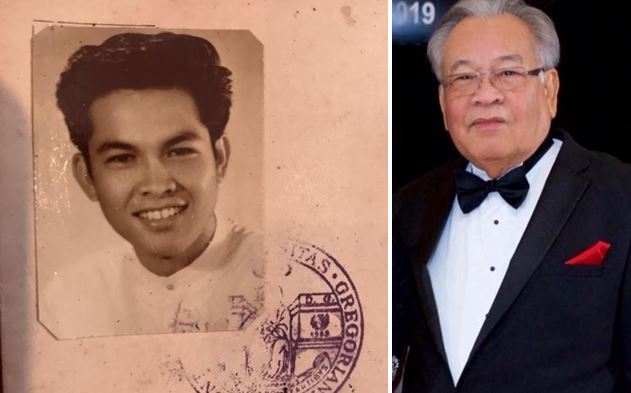
Judge Victor Sison: ‘I was mugged on Times Square’
I landed at Kennedy Airport in 1970, penniless and with a dream. Quoting Charles Dickens, “It was the best of times…” I was able to meet my brother, Carlos, an American Field Service Scholar, and my sister Rosalinda, a doctor, after a decade of separation.
I walked the city streets of Broadway and 42nd Street and their environs, enjoying and reveling in the sights and sounds they offered. I was awed by the sight of Lady Liberty with its “Give me your tired, your poor, your huddled masses yearning to breathe free.” Riding a subway cost only 25 cents while the Holland Tunnel tariff was 50 cents.
Yet it was also the worst of times. The Parisian student revolution of May 1968 which I personally witnessed, being then a scholar at the Alliance Francaise, was spilling over to New York in light of the Vietnam war. The hated draft of young Americans ended with the fall of Saigon in 1975. The glitzy attractions of NYC’s Broadway were pockmarked with smut, porn and drugs. I was even mugged for a couple of dollars while watching the Thrilla in Manila fight between Ali and Frazier on a public TV on Times Square. Two Afro-American guys. One approached me saying that a Filipina needed help. I went with him. He led me to a vacant place. The other guy was waiting with a knife and asked me to hand over my money, which was then a couple of dollars in my wallet!
Yet in the midst of the radical opposites, I discovered that survival was a question of personal choice. Buttressed by the Pauline belief that “with the grace of God, I am what I am,” and I and my dream survived.
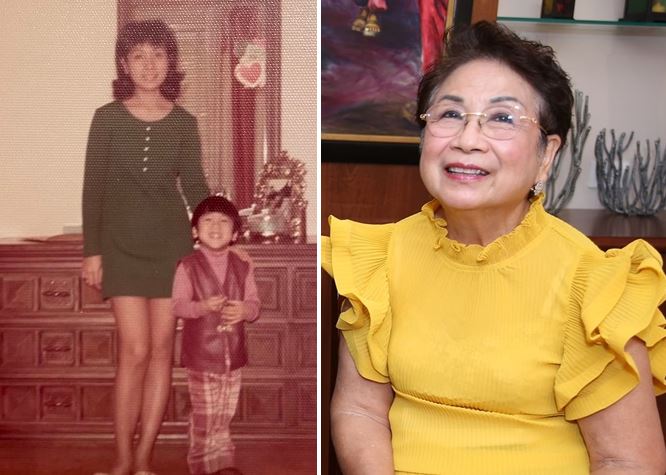
Corge Reyes, RN: ‘Waldorf Astoria was the place to be’
Those were really awesome, wonderful, memorable, learning years in America. Hippie and flower people years. We wore mini skirts but more formal wear to see a Broadway show or go to the Opera. We wore white nurse’s uniform with a nurse’s cap to go to work. Doctors wore whites as well. Denim jeans was not yet in our wardrobe. You can barely find size 6 clothes in department stores. There were no size 0, 2 or 4. Life was docile. Most of our gatherings were either at home or at parks. But Waldorf Astoria was the place for Filipino events.
I suspected that crime was high especially “muggings”, car theft, burglaries and murders. You read or listen to the news about those committed by the Mob. I distinctly remember the police finding a body down a forest-y hill behind the hospital where I was working. Time Square was a seedy place for peep shows and X-rated movies but we loved to go and eat at Tad’s Steak. Aside from shopping at Saks and Macy’s there was Mays, Gimbels, Korvette, and Abraham & Straus with the frequent ads of Crazy Eddie. 1970s in New York City, yes, those were significant, exciting years!
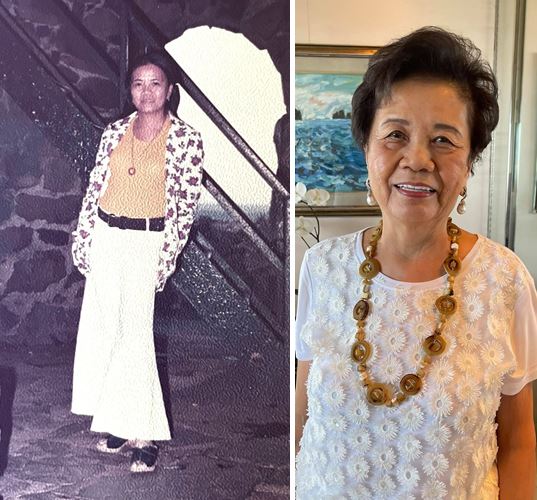
Dr. Connie Uy: ‘FilAm organizations were very active already’
My free time was limited as my schedule of calls every other day and every other weekend required the residents to be in the hospital. Hence, we grabbed any opportunity to spend with friends and travel outside of Newark.
My first experience in seeing New York City was when my German colleague invited me to watch the opera. She drove her Volkswagen beetle. As we crossed the Lincoln tunnel, I was surprised to see homeless people and panhandlers on the streets. What a contrast to see the people dressed in formal attire attending events. As I entered the newly built 1967 Metropolitan Opera House (MOH), my sleep-deprived body was mesmerized by the giant Austrian crystal Sputnick-like chandeliers, striking architectural structure, cavernous stage and excellent acoustics.
The Filipino-American organizations were very active already during the 1970s and some of them sponsored dinner dances/gala at the Waldorf Astoria or at other hotels in the city. The traditional Rigodon de honor featured the officers and other prominent personalities in their opulent Filipiniana gowns and Barongs. Tickets were priced between $50 to $75.
For the daytime activities, we went to see Broadway shows, the Rockettes at the Rockefeller Center and the Empire State Building, Statue of Liberty, Chinatown, St. Patrick Cathedral and the museums. When my classmates came to visit NYC for a mini-reunion, they would request to eat at Tad’s steak place which offered $1.29 for a complete steak lunch with potatoes, salad, dessert and a drink.
I was able to experience living in the Bronx for a month with my classmate when I did an elective month in Pediatric Nephrology at Albert Einstein Medical School -Jacobi Hospital. I saw the effects of the arson-induced “Burning of the Bronx” reflecting urban decay, violence and poverty. They were replicas of the damage of the 1967 Newark riot although the latter was initiated by racial discrimination and white police brutality.
For me, the 1970s was full of happy milestones – getting married, giving birth to our two sons and a daughter, passing the board certifications in Pediatrics and Pediatric Nephrology, and advocating services to benefit some civic and professional organizations.
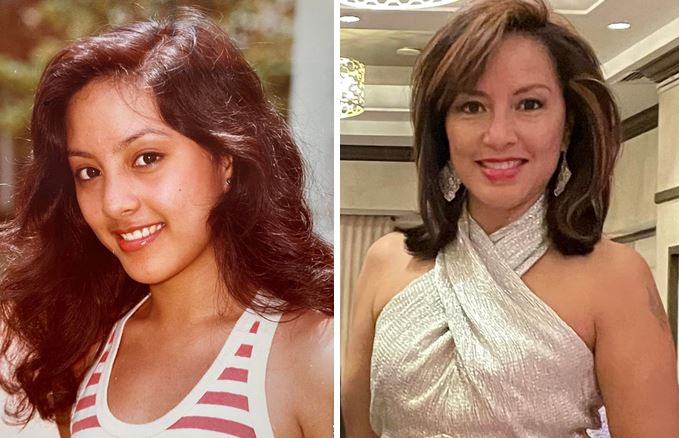
Dr. Mariliz Guerrero Policarpio: ‘My bicycle was stolen.’
The 1970s were carefree and unforgettable years of my youth. I was a young girl in elementary and junior high school in the 1970s and my only responsibilities were doing well in school and practicing the piano. I remember having family picnics on summer weekends at Flushing Meadows Park before the tennis structures were built. I used to play hopscotch, ringalario, jacks, and hula hoop — fun NYC street games.
I lived in Sunnyside Gardens in Queens which was a safe place to live, and I was able to walk back and forth to school by myself even at 9 years old. The surrounding neighborhoods weren’t without crime, however. One time I left my bicycle outside a store in Woodside while I was at the candy store and it was stolen. I had to walk all the way home. It was an eye-opener and I knew I had to learn my street smarts.

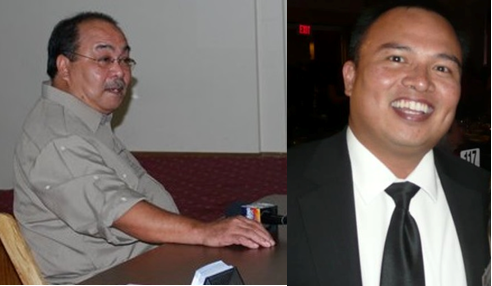

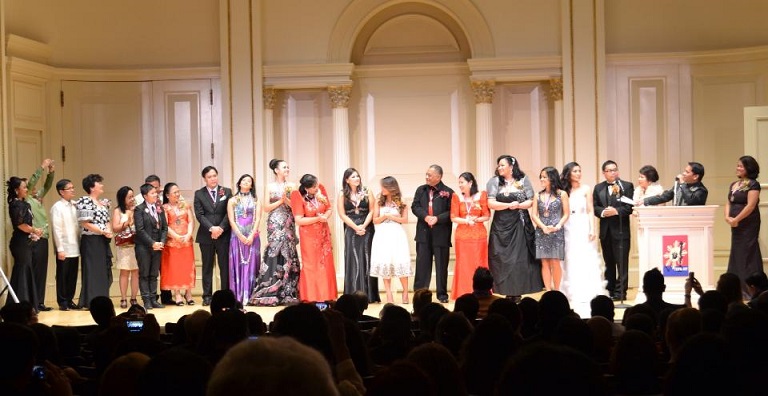
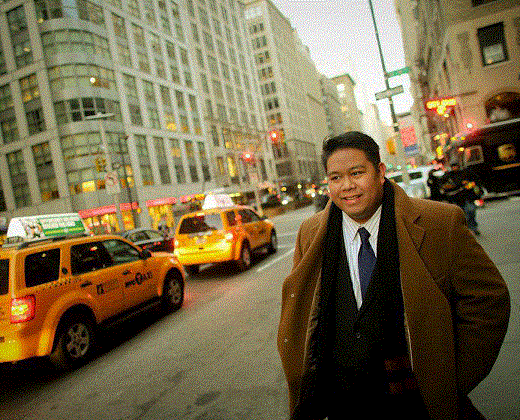
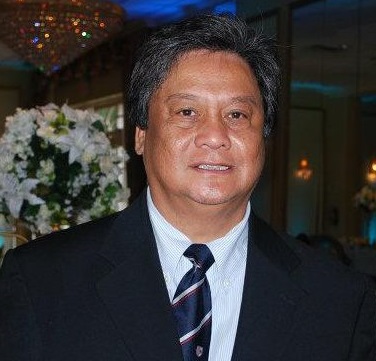
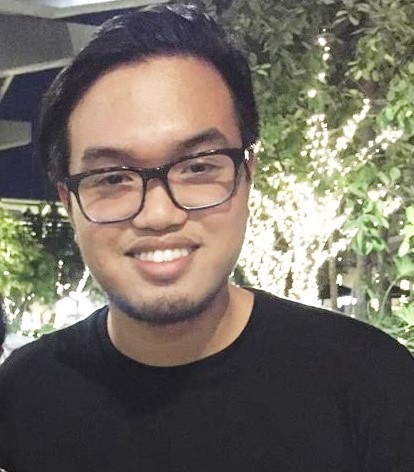
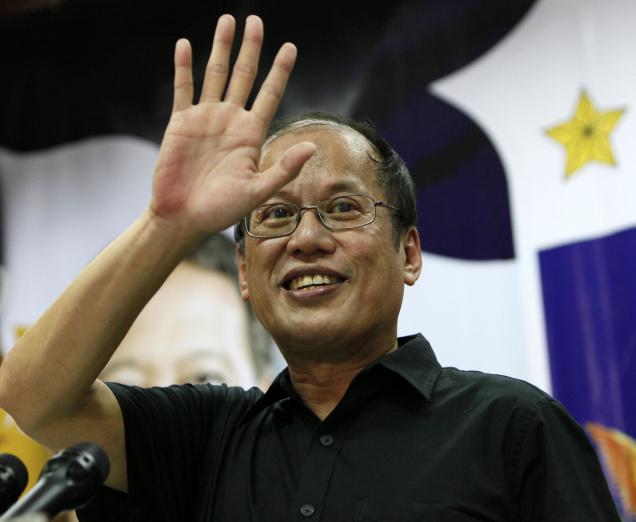
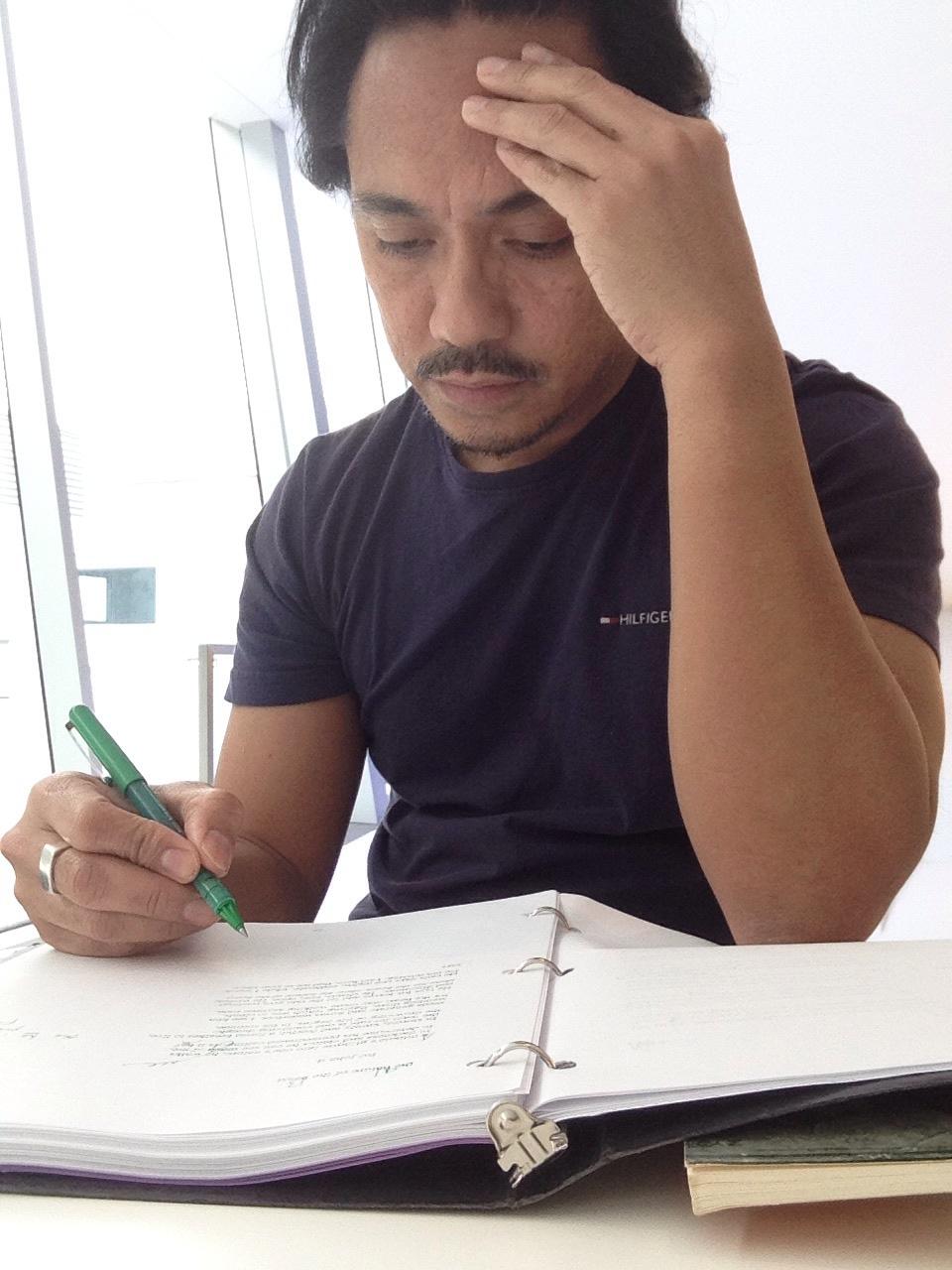

A half-century ago, now and then, the World Trade Center reaching to the sky is gone now and Papaya juice flowing every street corner now just the Papaya King, now the Jollibee steering the Halo-Halo.